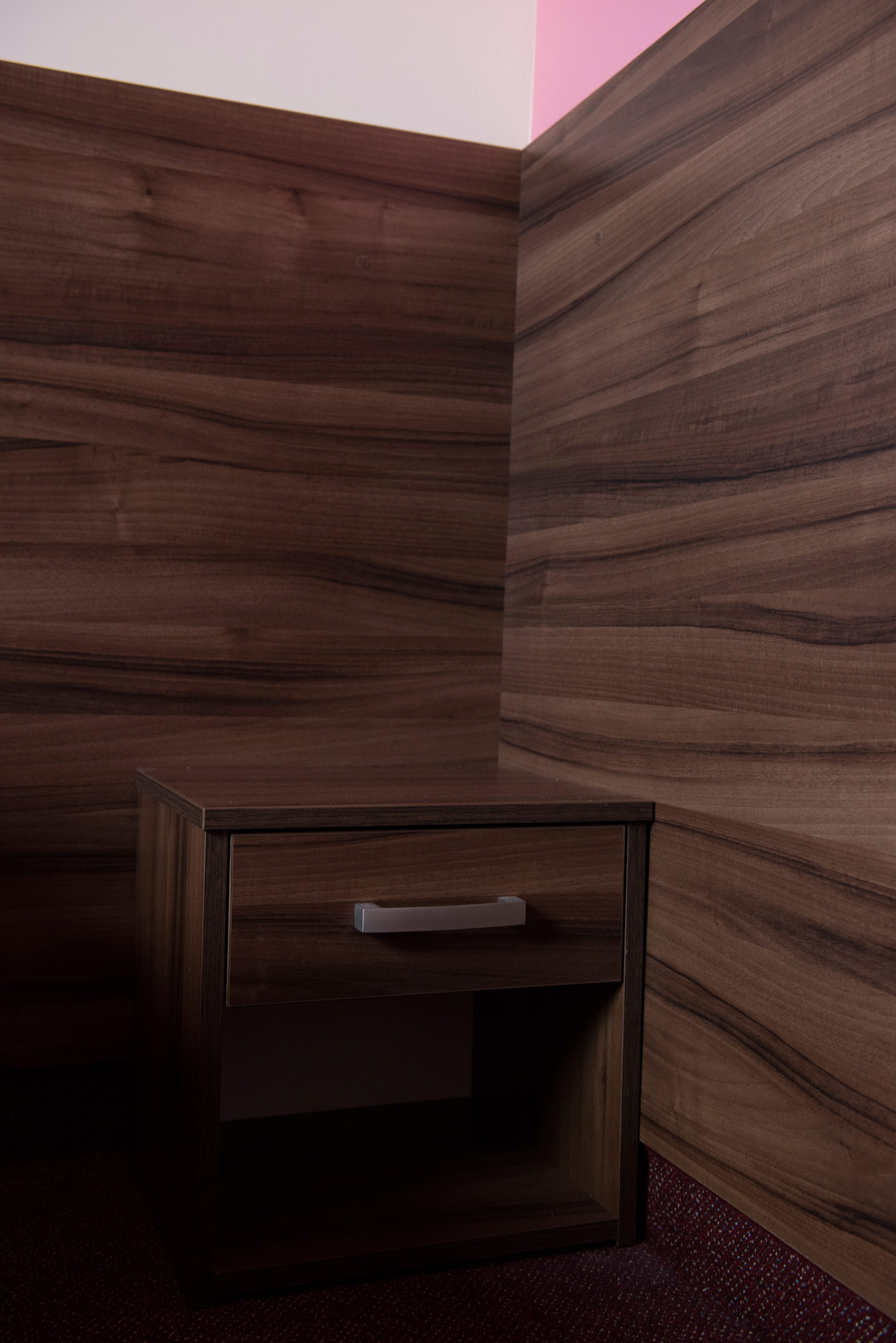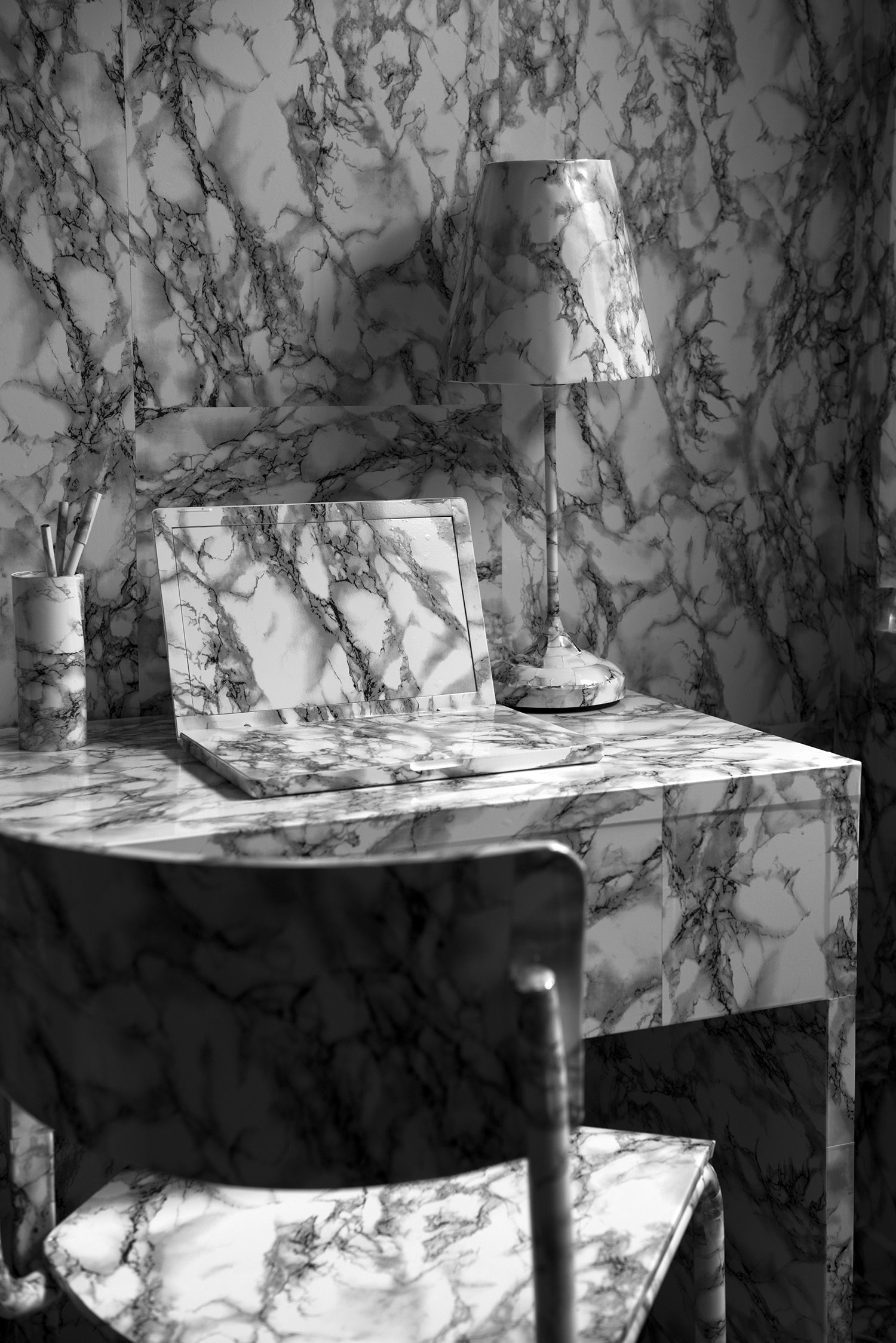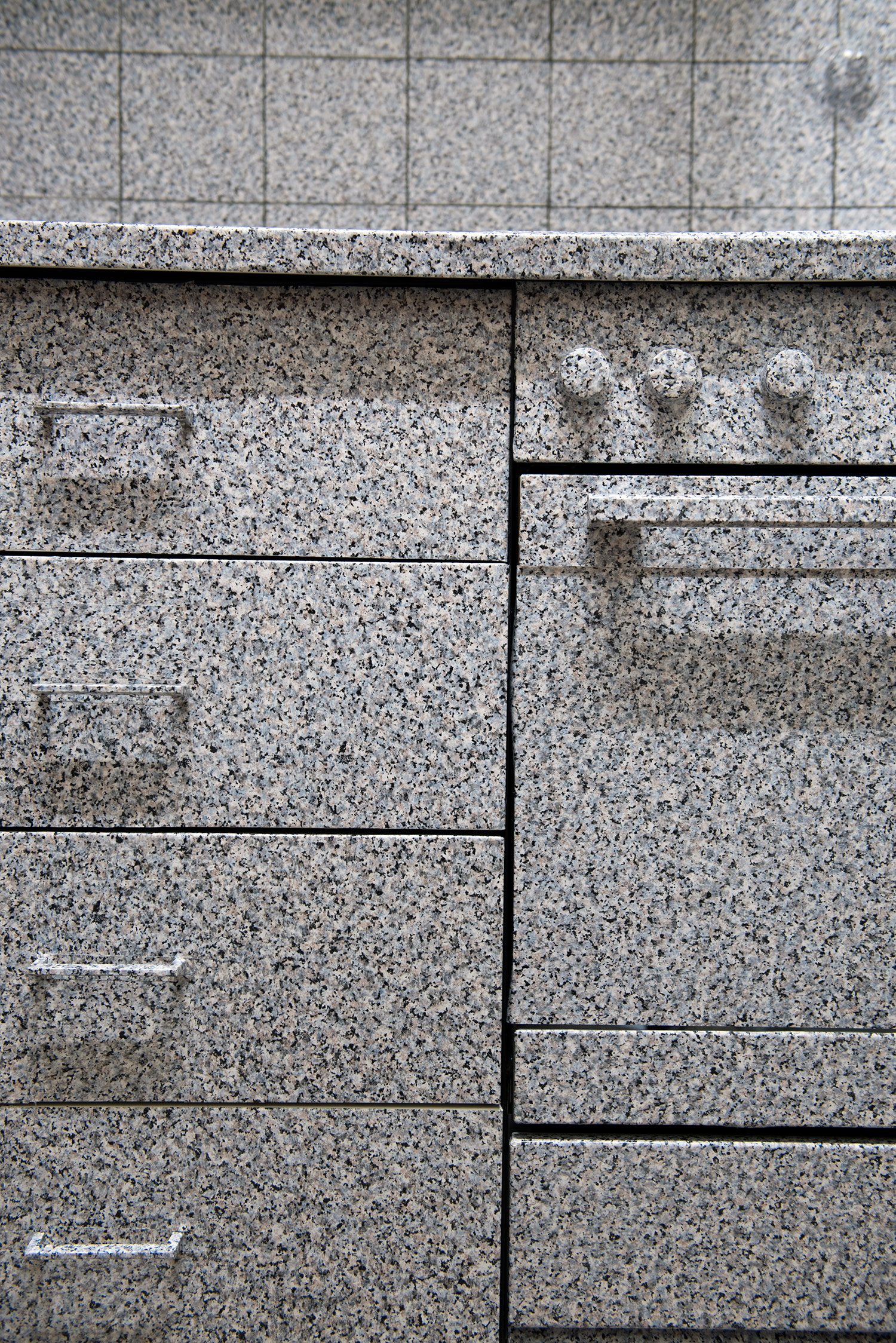Visuelle Kommunikation
Master
Léa Girardin
How Long Is a Banana a Banana?
What Is an Object?
Ex. 1
A candle in a box. A candle on a candlestick. A candle that is burning. A candle that stopped burning.
No candle any more, but melted wax on the table.
Ex. 2
Pieces of wood on the floor. Joseph, a carpenter, takes the wood and makes a cradle.
The wood has now become an object and, thus, our perception of it changes; we forget the materiality of wood and, instead, see a finished object appear, which has us perceive it as a construction.
Did the candle disappear? Is the wood no longer wood, but only a cradle? Or a wooden cradle? Transformation is a key word which can be used to define what turns objects into objects.
The main thread I followed for this undertaking was that of studying and probing various concepts of identity, originality, and essence: both in human-human relations and human-object relations. I aimed to establish a broad scope of possible answers and new questions about what makes things the way they are, and how their appearance influences our way of perceiving them, using different technics such as photography, installation, mise en scène, 3D software, face recognition software…
Never before have there been as many objects as today; they have become a main component of our lives, filling our everyday life with their presence. At the same time, we were never so alienated from the concept of an object, as we do not participate anymore in the making of most things. An increasingly smaller number of people possess enough craftsmanship skills to produce their own goods, and objects have thus become replaceable items of low quality and value.
A hundred years ago, as industrialization set in, the world was on the brink of becoming the one we know today. Parallel to this, objects were suddenly given an altogether special place by surrealist artists, who were pioneers in establishing a new way of looking at things. They aimed at creating the unfamiliar within the familiar, often recontextualizing objects and giving them back their lost magic. To the surrealists, objects were silent carriers of multifarious potentialities and used as tools to reveal the workings of inner worlds to the public.
Today, a new philosophy, OOO (Object Oriented Ontology), has taken on the task of challenging our anthropocentric view of the world (and objects), by placing the angle of view on the objects themselves and asking: what does the table see?, claiming that objects also leave traces that go beyond their lives and original purpose.
But what makes an object an object?
This question was the basis of a reflection on family resemblance and identity through the ages and in various places.
One important aspect of objects, as shown above, is their ability to undergo transformations, lose their original form (change or break –a somewhat more negative aspect) and take on another shape, either on their own or as made by man. By playing with different tools to influence the appearance of the people and objects in my work, I wanted to test the limits for an object to still remain itself and find out, where it begins to lose its essence and becomes something else. In this process, many questions arise, such as when does one object start being another? Does it lose its essence in the process? What defines the identity of an object? Its shape or its substance, its material?
The main practical work focuses on everyday objects that accompany us in our daily lives: kitchenware, computers, chairs,…that underwent various transformation processes in order to test their limits, as well as test the limits of the viewers. On the other hand, the written thesis will focus on a broad notion of what an object (an object here can, e.g., be: people, sandstorms, or spoons) is by investigating the concepts of form/materiality, identity/difference, essence/originality and, finally, perception.
Léa Girardin
lea.girardin@hotmail.com
Institut Visuelle Kommunikation, FHNW HGK, Freilager-Platz 1, CH-4023 Basel
+41 61 228 41 11, info.vis_com.hgk@fhnw.ch, www.fhnw.ch/hgk/ivk






